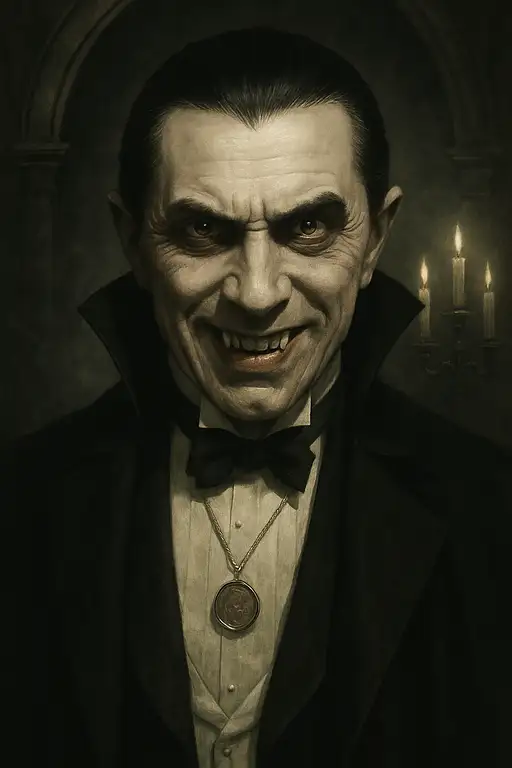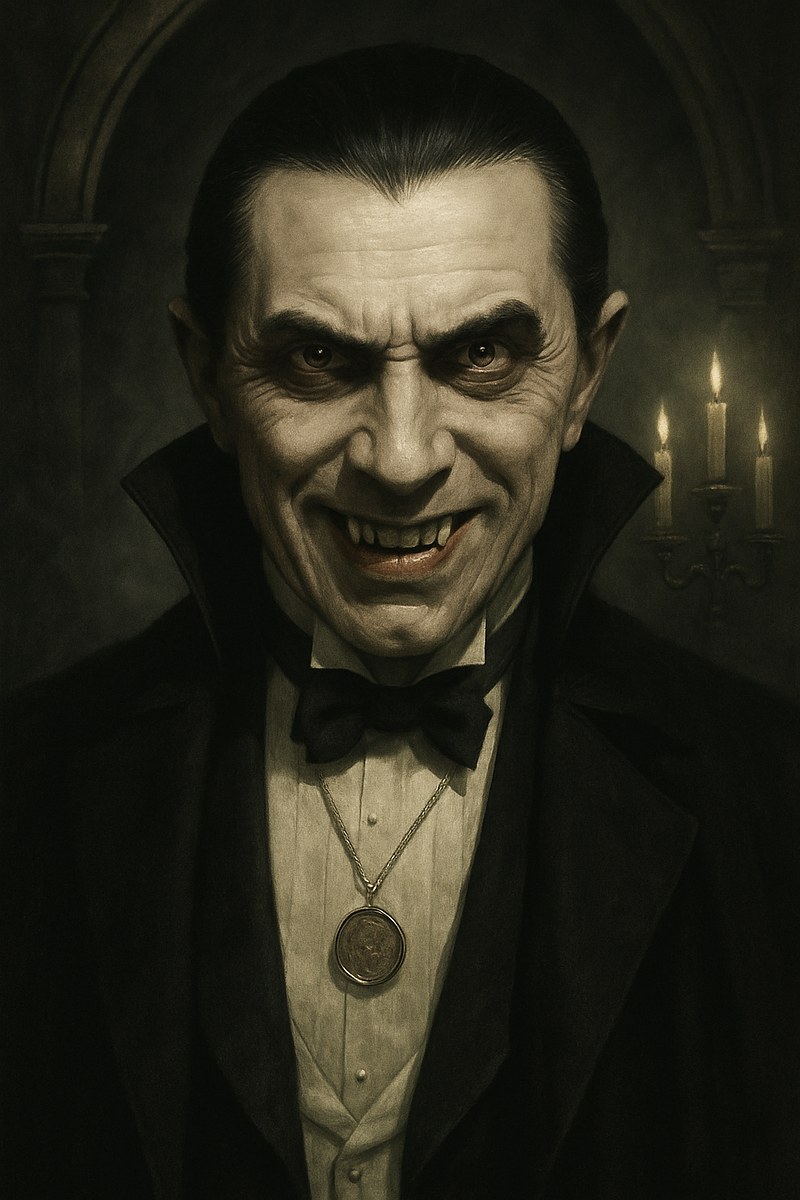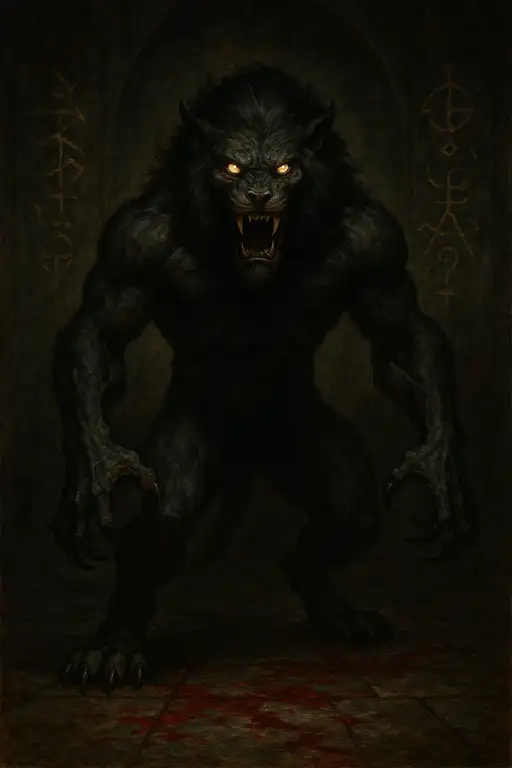2 months ago
[Image Type: Black and white photograph / Colorized historical photograph / Artistic digital painting / Realistic oil painting] of Marie Curie.
General Appearance (combining various depictions):
Age: Depicted in her adult years, ranging from younger (late 20s - 30s) to slightly older (40s - 50s).
Expression: Predominantly serious, contemplative, and intelligent. Her gaze is direct and focused, conveying deep thought and determination. There is often a subtle intensity in her eyes.
Facial Details:
Face Shape: Oval to slightly heart-shaped, with defined but soft cheekbones.
Skin Tone: Fair complexion. In black and white photos, rendered in smooth grayscale tones. In colorized or painted versions, a natural, healthy tone with subtle rosy undertones, showing realistic skin texture and very fine lines that suggest experience rather than age.
Hair:
Color: In grayscale, a range from dark to medium gray for her textured hair. In color, a blend of medium brown and light ash-blonde/dirty blonde, often with a hint of gray, especially as she appears older.
Style: Typically styled in an elegant updo, often a chignon or a voluminous bun at the back or crown of her head. The hair has a soft, sometimes slightly frizzy or unruly texture around the face and temples, giving it a natural, intellectual look. A subtle side part may be visible.
Eyes:
Color: In black and white/grayscale, light and clear. In colorized or painted versions, a striking light blue or blue-grey.
Shape: Almond-shaped, deep-set, with a penetrating and thoughtful gaze. Her eyes are a prominent feature, conveying her intelligence.
Eyebrows: Medium thickness, naturally arched, and well-defined, matching hair color (darker in younger depictions, lighter/grayer in older ones). Eyelashes are subtle.
Nose: Straight, well-proportioned, with a slightly refined tip.
Mouth and Lips: Medium fullness, usually closed in a neutral or slightly pursed expression, indicating seriousness or concentration. In color, natural muted pink.
Chin: Softly rounded, balancing the face.
Body and Clothing Details:
Posture: Often depicted with a dignified and upright posture, whether standing or seated. When seated, she might be resting her hand gently on her face or arm.
Clothing: Typically wears formal, conservative attire from the late 19th or early 20th century.
Dress/Jacket: Dark-colored (black, deep navy, or dark brown) often with a textured fabric. The style may feature modest necklines.
Collars: A notable feature is often a high white collar, sometimes decorative with vertical pleats or ruffles (as seen in the sitting colorized photo).
Accessories: Occasionally wears a simple, elegant necklace with a pendant (e.g., a locket or a scientific-themed piece). Sleeves might be slightly puffed or have subtle detailing.
Background and Lighting:
Background: Varies from plain, dark, and simple studio backdrops (grayscale or muted tones) to subtly textured or abstract backgrounds (as in the painted image, showing warm and cool lighting effects). The background is typically non-distracting, emphasizing the subject.
Lighting: Often features soft, diffused lighting that highlights her face, creating subtle shadows that add depth to her features. In more artistic renderings, the lighting might be dramatic, with strong contrasts between light and shadow (chiaroscuro effect) and glowing edges around her hair, creating an ethereal or powerful aura.
Overall Mood/Atmosphere: Conveys intellectual rigor, profound thought, and a pioneering spirit. The image should evoke respect and a sense of her groundbreaking scientific contributions.
```






